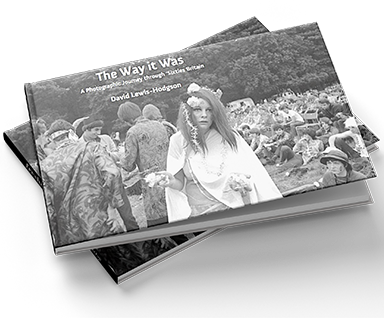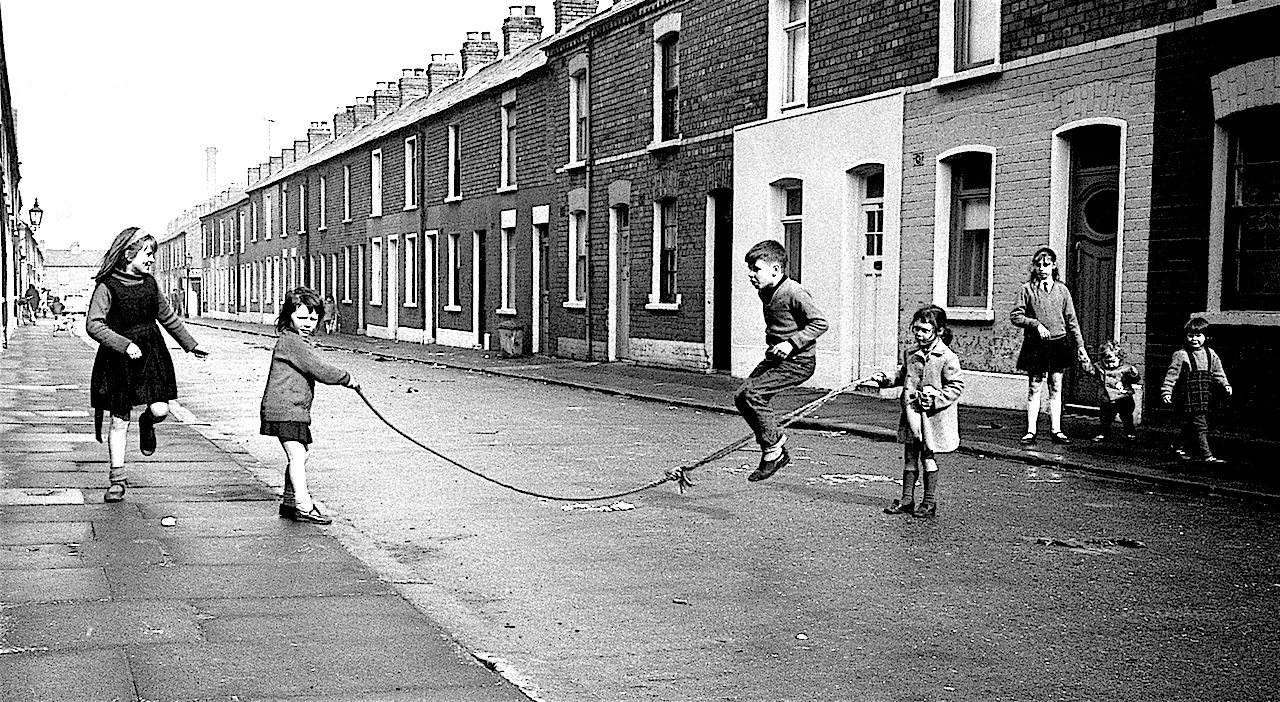
Make the Past a Present this Christmas
The Way It Was is a lavishly produced, limited edition, book of black and white photographs from the 1960's by top UK photojournalist David Lewis-Hodgson. Discover a time when children could play in streets free from traffic... ...families holidayed at home, whatever the weather... ...Britain's fishing fleet flourished and industry thrived... ...people took death risks to entertain others... ...and children could be exposed to great dangers. A brief social history describes that period and technical notes explain how some of the most startling, and sometimes shocking, pictures were taken. If you lived through that decade David’s more than 200 pictures will take you on a trip down memory lane. If you did not, it will transport you to a foreign country - a place where they did things differently. With rave reviews from top photojournalists, The Way It Was will prove the perfect gift for all those interested in our recent history,...
Read More
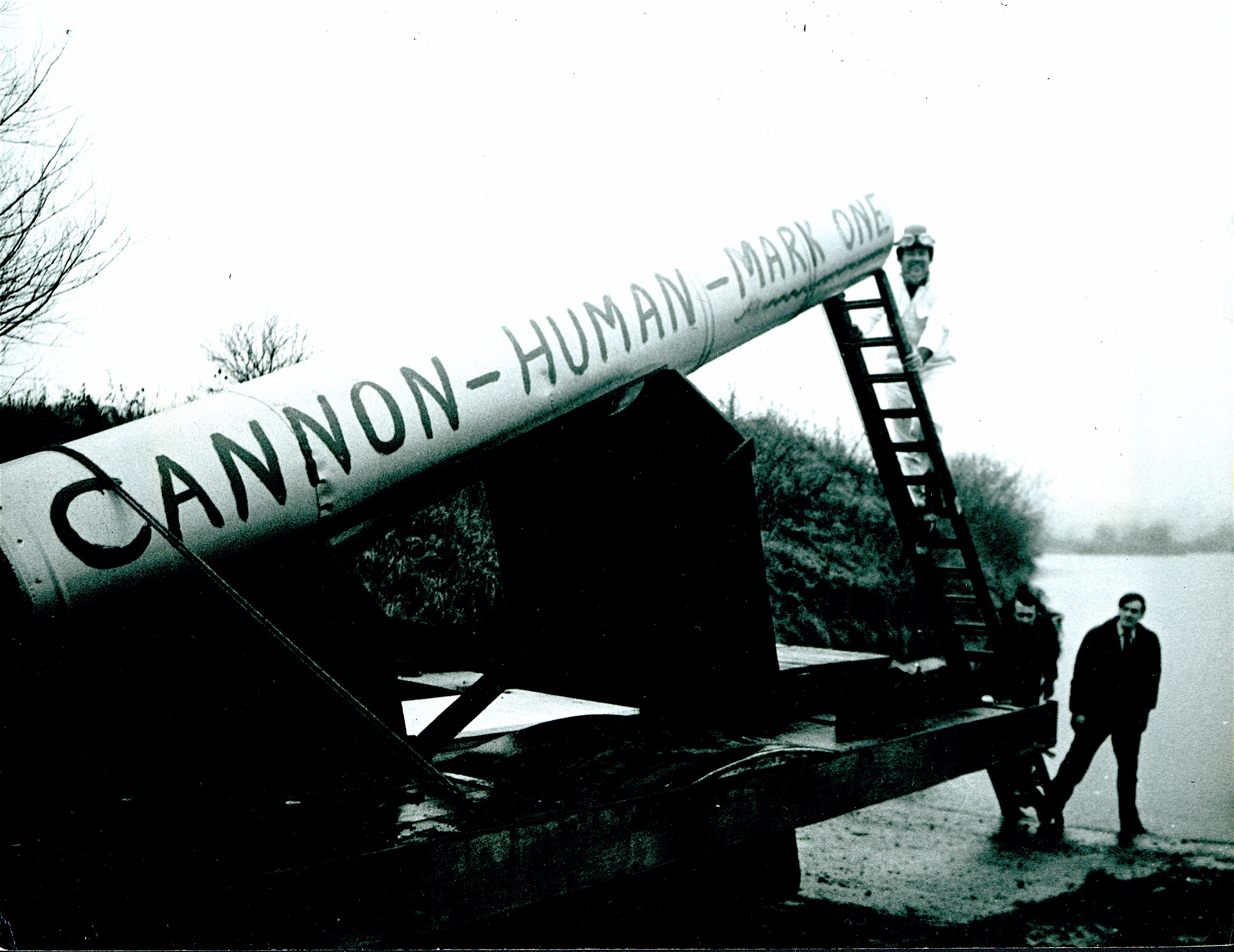
Cannonball Fired for Being Too Stout
In the decade or so I worked as a photojournalist, covering stories for magazines such as Paris Match, Stern and Life as well as numerous UK National newspapers and magazines, I spent a lot of my time shooting stunts. These involved everything from aircraft and cars to motorbikes and boats. One of my oddest assignments was photographing the testing of a new experimental gun designed to fire a human cannonball over long distances. The massive gun, resting on a low loader, was carefully manoeuvred into position near a lake into which the human was to be fired by an explosive charge. As you can see, the weather as not being kind to me that November day, with overcast skies and rain showers. Both limited my exposure range, especially as some of these pictures would need to be taken using my top shutter speed, in those days (1965) 1/1000 sec. In...
Read More
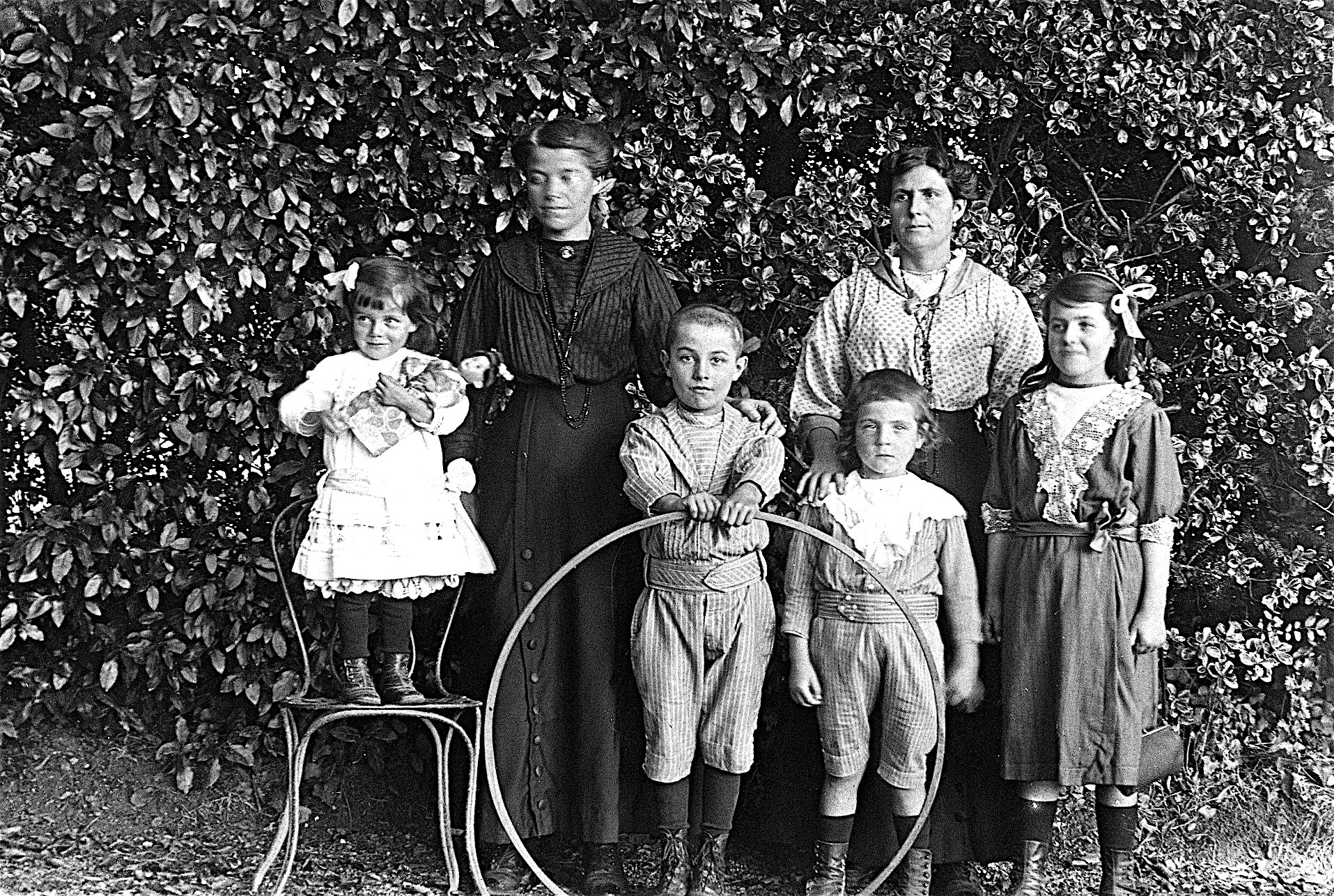
Photographs from Pre World War 1 France
As those of you who have been following my postings on this site, will know, I am fascinated by photographs of times gone by and what they can tell us about the social, cultural and personal aspects of the recent past. While wandering through a flea market in France recently I found several boxes of 6cm x 9cm glass negatives. Dating from around period of the First War, these were taken by an enthusiastic amateur on what was described, by the film's manufacturer Grieshaber Frere & Co, as Nouvelles Plaques Ultra-Rapides, although no speed rating is given. Judging by the way in which the photographer posed his models - mainly I suspect family members - and the amount of movement present on a few of the negatives, despite these precautions, the ASA has to be quite low and the exposure times - even in bright sunlight - fairly long. Of...
Read More
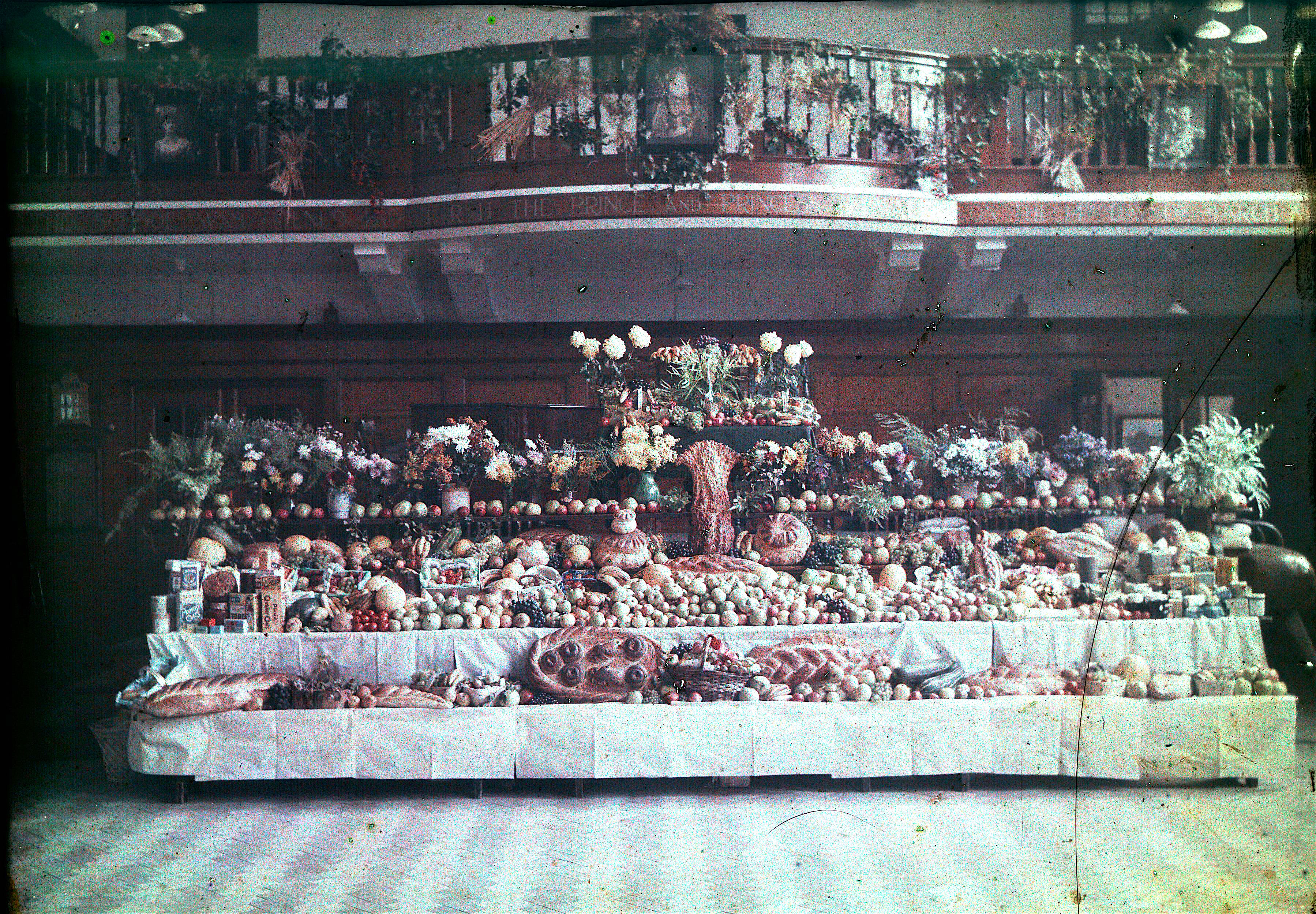
The Way It Was With Colour Photography
Ever since the first black-and-white photographs appeared, in 1839, photographers dreamed of being able to take pictures in colour. This became a reality, in 1904, when two French brothers Auguste and Louis Lumière introduced their Autochrome system. Three years later their factory, at Lyon, started to produce Autochrome plates commercially. Critics and public alike were captivated. Alfred Stieglitz, wrote enthusiastically: ‘The possibilities of the new process seem to be unlimited… soon the world will be colour-mad, and Lumière will be responsible.’ A glass, quarter-plate, Autochrome photograph circa 1908 So were Autochrome plates that, by 1913, 6,000 were being manufactured every day. How the Plates Were Made Starch grains, from potatoes, were pulverised and sieved to produce individual starch grains, between 10–15 microns in diameter. These were dyed red, green and blue-violet, mixed and distributed evenly over glass plates, then varnished. The next step was to fill gaps between the grains,...
Read More
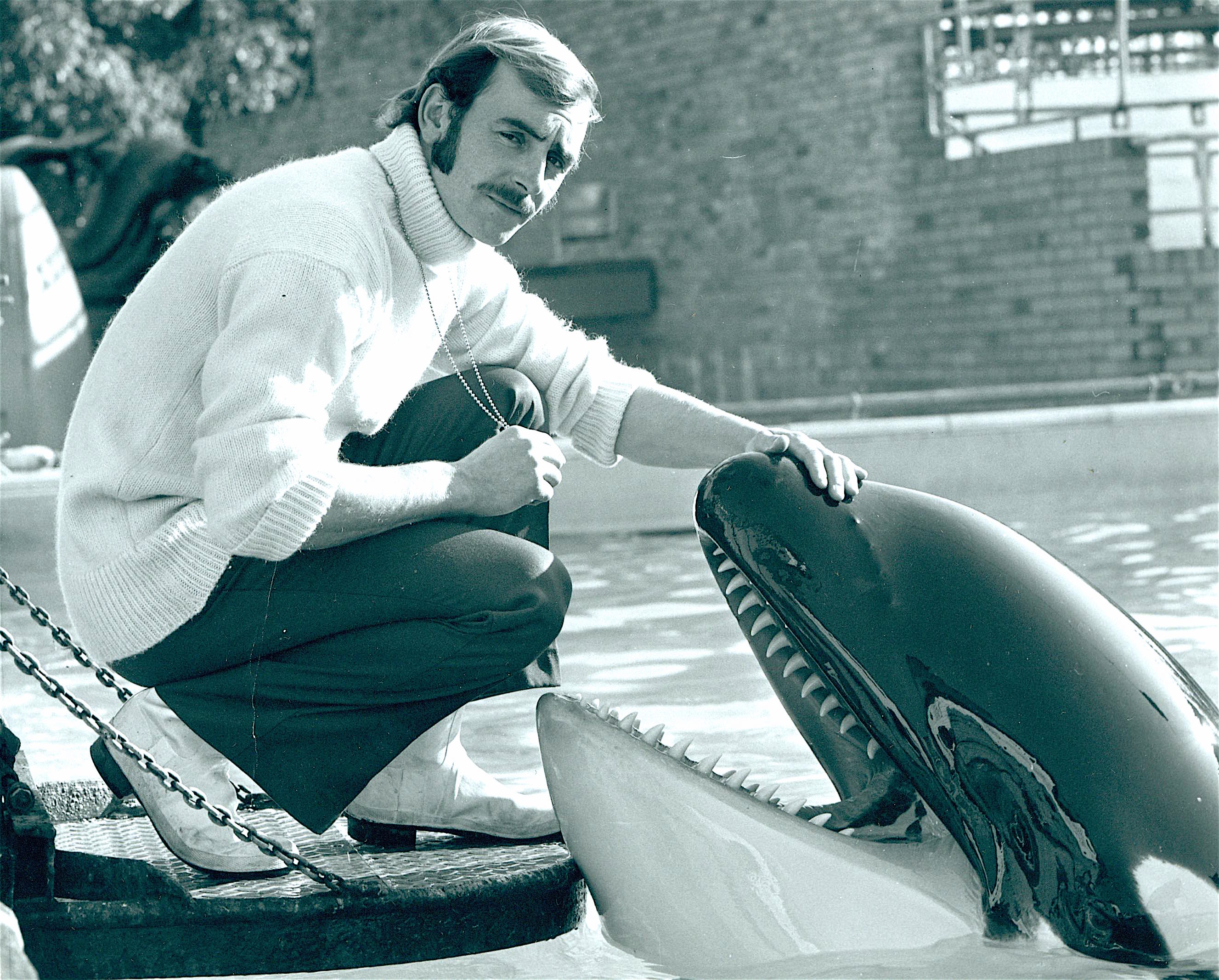
Swimming with a Killer Whale
Fancy diving beneath the waves to clean the teeth of a killer whale? How about riding on his back as it leaps through the water, like a bucking bronc? Nor me neither! Although, in the 60s I swam with one whilst taking photographs of its trainer, Doug Cartridge, working with the animal at Windsor Safari Park. It was a memorable shoot. Here are some of the pictures I took using a Nikon F with a 135 lens for the surface pictures and a Nikonos fitted with a specially designed 21mm lens housing for the underwater ones. The film was Kodak Tri-X rated at 800ASA for the u/w photographs and 400 for the ones on the surface. It was a fairly overcast day, so the surface images were captured at 1/250th second at f8 and the sub aqua ones at 1/60 and f4.
Read More
Sixties at Home With Bertrand Russell
https://youtu.be/a8JxpZEb6I4 In the 60s I had the pleasure and privilege of working on a book that commemorated the life of my friend the mathematician, philosopher, peace activist and Nobel award-winning author Bertrand Russell. In this short video I show some of the places where he worked, lived and loved.
Read More
Sixties Showbusiness
Take a short trip down memory lane as we recall some of the shows, films and personalities making it big in 'sixties show business. You'll find Music Hall from the Leeds Palace of Varieties; filming Half A Six months with Tommy Steele, making the TV show Thunderbirds and inside Dr No's volcano hideaway. There's the youngest ever James Bond, George Lazenby, a visit to a seedy Soho nightclub, a flea circus and, of course, The Beatles!
Read More
Sixties Beneath The Sea
Here are some of the underwater photographs I took, during the 60s, while working as a photojournalist for major newspapers and magazines. To expand my scope I had learnt SCUBA diving, skydiving and flying in light aircraft. For by underwater work, I used a Nikonos camera fitted with a 21mm wide-angle lens in a housing especially built for me by the acclaimed American cameraman, Flip Schulke. This enabled me to shoot pictures in poor sub-aqua visibility, something which divers in UK waters are all-too-familiar with! You can se more of my photographs from this decade in my new book The Way It Was - A Photographic Journey Through 60s Britain (www.thewayitwas.uk)
Read More

